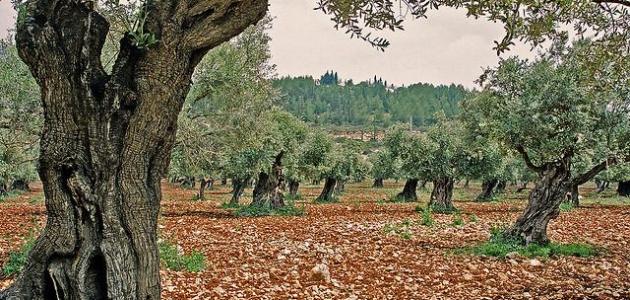air
Air can be defined as those gases that make up what is known as the Earth’s atmosphere, as the air surrounds the Earth from all sides and reaches a vertical height of approximately 880 kilometers. The air consists of approximately 78% nitrogen gas, in addition to about 21 % of oxygen gas, while the remaining percentage is a mixture of other gases, including carbon dioxide. The higher the altitude above the Earth's surface, the more the composition of the air changes.
layers of the atmosphere
The air surrounding the Earth consists of many different layers. These layers are:
- Troposphere: This layer starts from the point in contact with the Earth's surface, and extends vertically to approximately 7-17 kilometers. This layer is characterized by the fact that it contains the largest percentage of the total gases in the air.
- Stratosphere: This layer begins where the troposphere ended, and extends to an altitude of approximately 50 kilometers. What distinguishes this layer is that it contains ozone gas.
- The mesosphere layer: It begins where the stratosphere ended, and extends to between 80-85 kilometers vertically from the surface of the Earth.
- Thermosphere layer: It starts at the end of the mesosphere, and ends at an altitude estimated at approximately 640 kilometers.
- Ionosphere layer: This layer is located within the thermosphere, and is characterized by the presence of ionized gases, which works to reflect radio waves, which facilitates the process of wireless communications.
- The exosphere layer: This layer extends from where the ionosphere ended, and ends when reaching outer space.
The importance of air
Air has a very great importance, which we explain in the following points:
Read also:The most beautiful thing in nature- The air contains gases that are necessary for living organisms, whether humans, animals, or plants, to carry out the process of breathing, and thus to survive.
- The air surrounding the Earth is considered the barrier that protects the Earth from the harmful rays of the sun, such as ultraviolet rays and It carries with it both light and heat, which are very important for the continuation of life on the surface of the Earth.
- The difference in air temperatures between different regions of the Earth is what leads to the formation of weather phenomena such as rain and hail.
- Due to its large mass, air generates pressure on the bodies of living organisms, known as atmospheric pressure.









